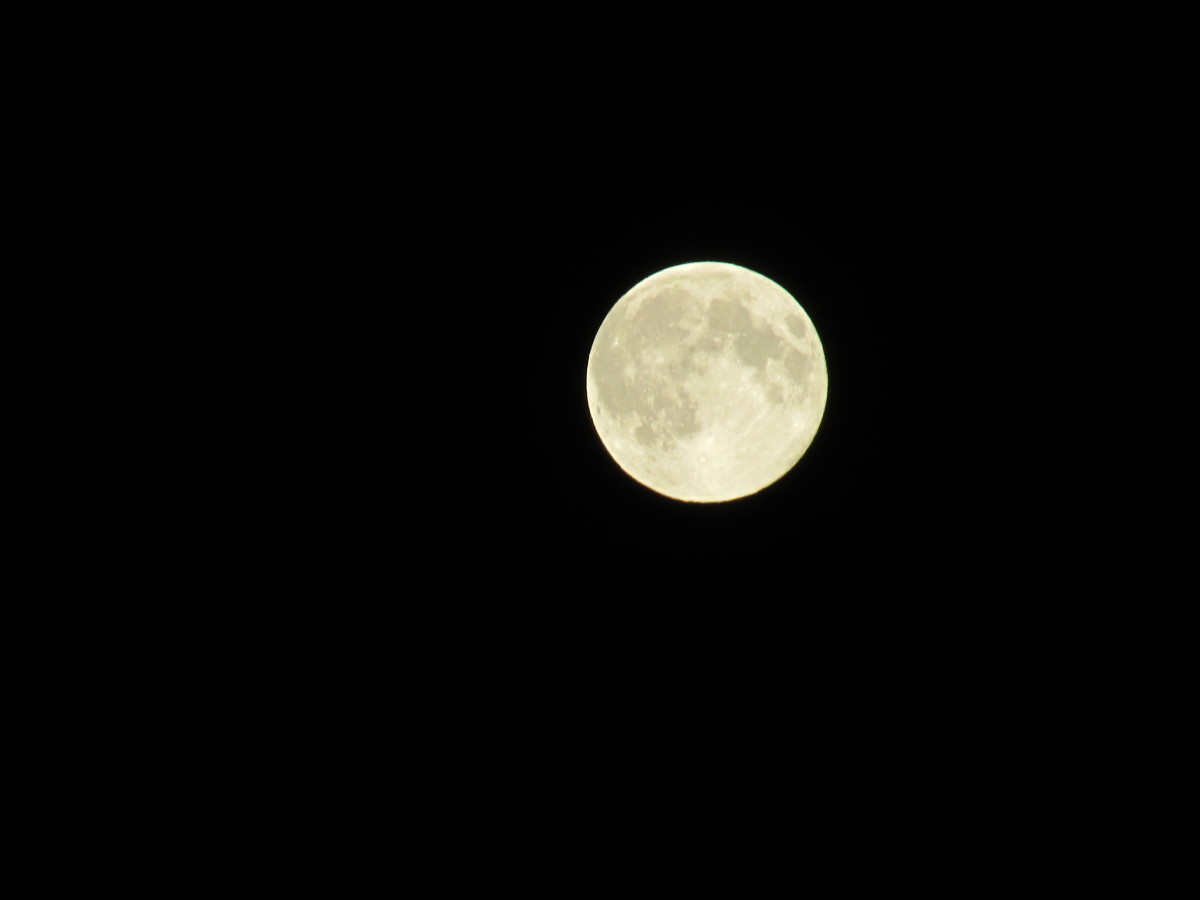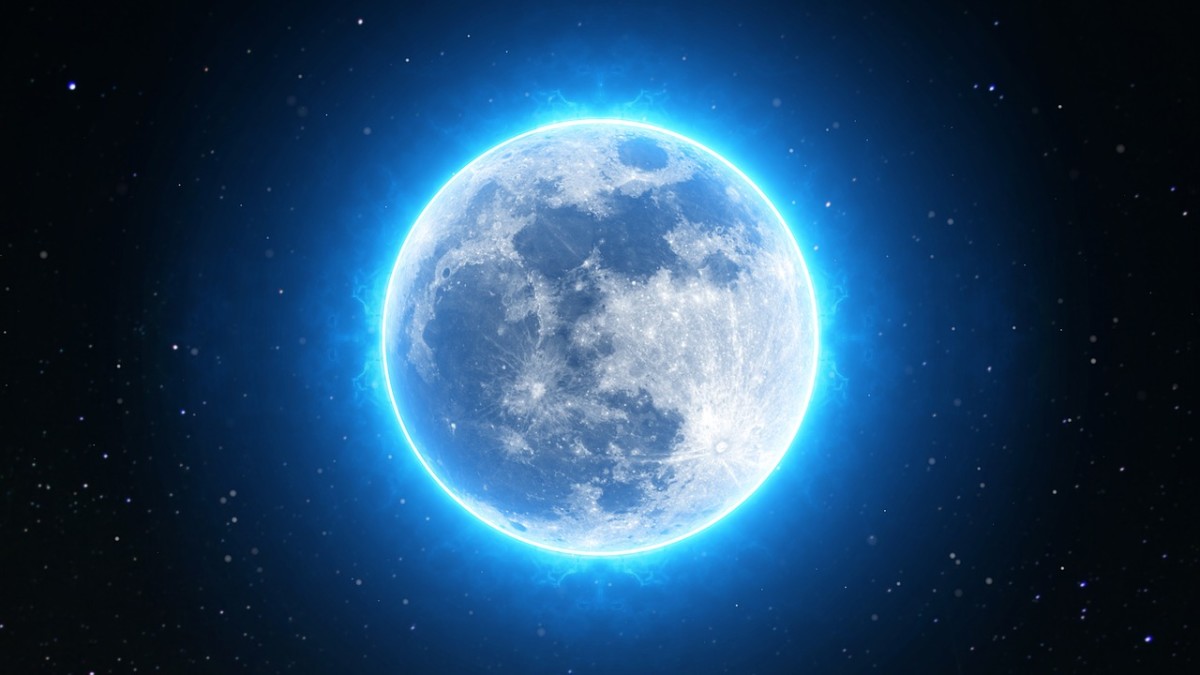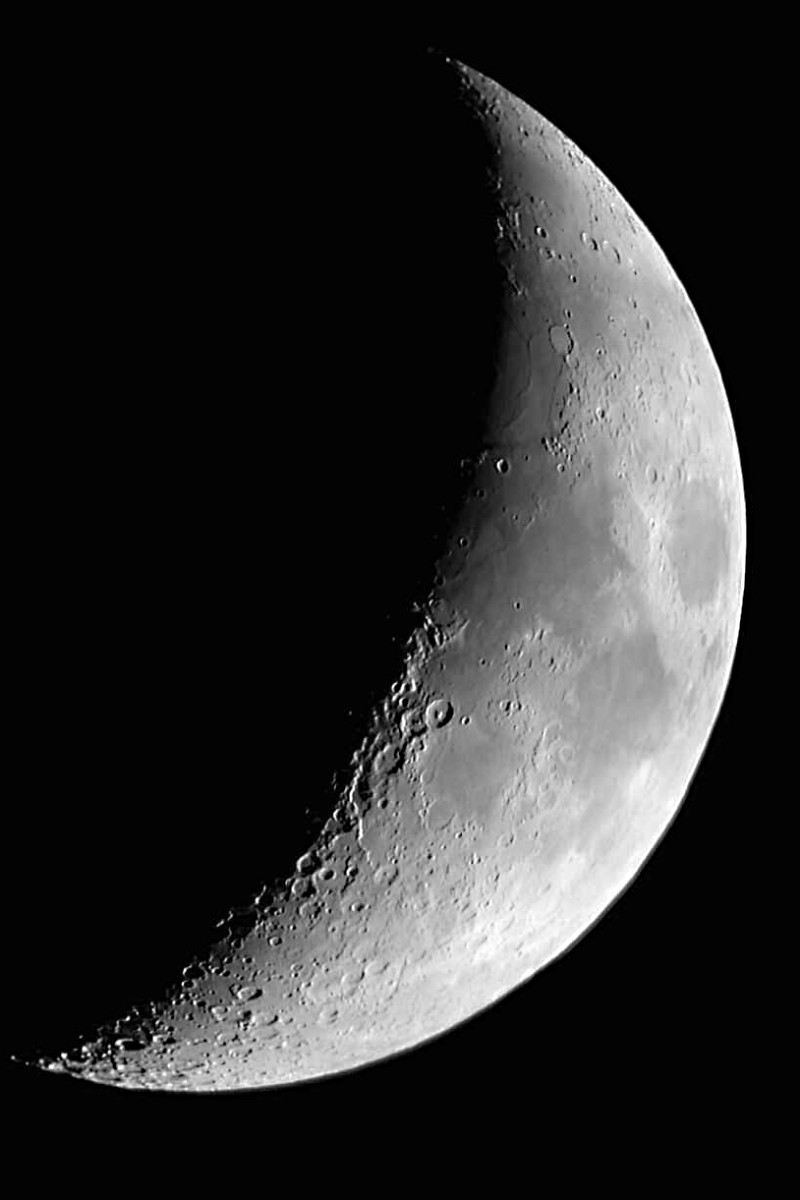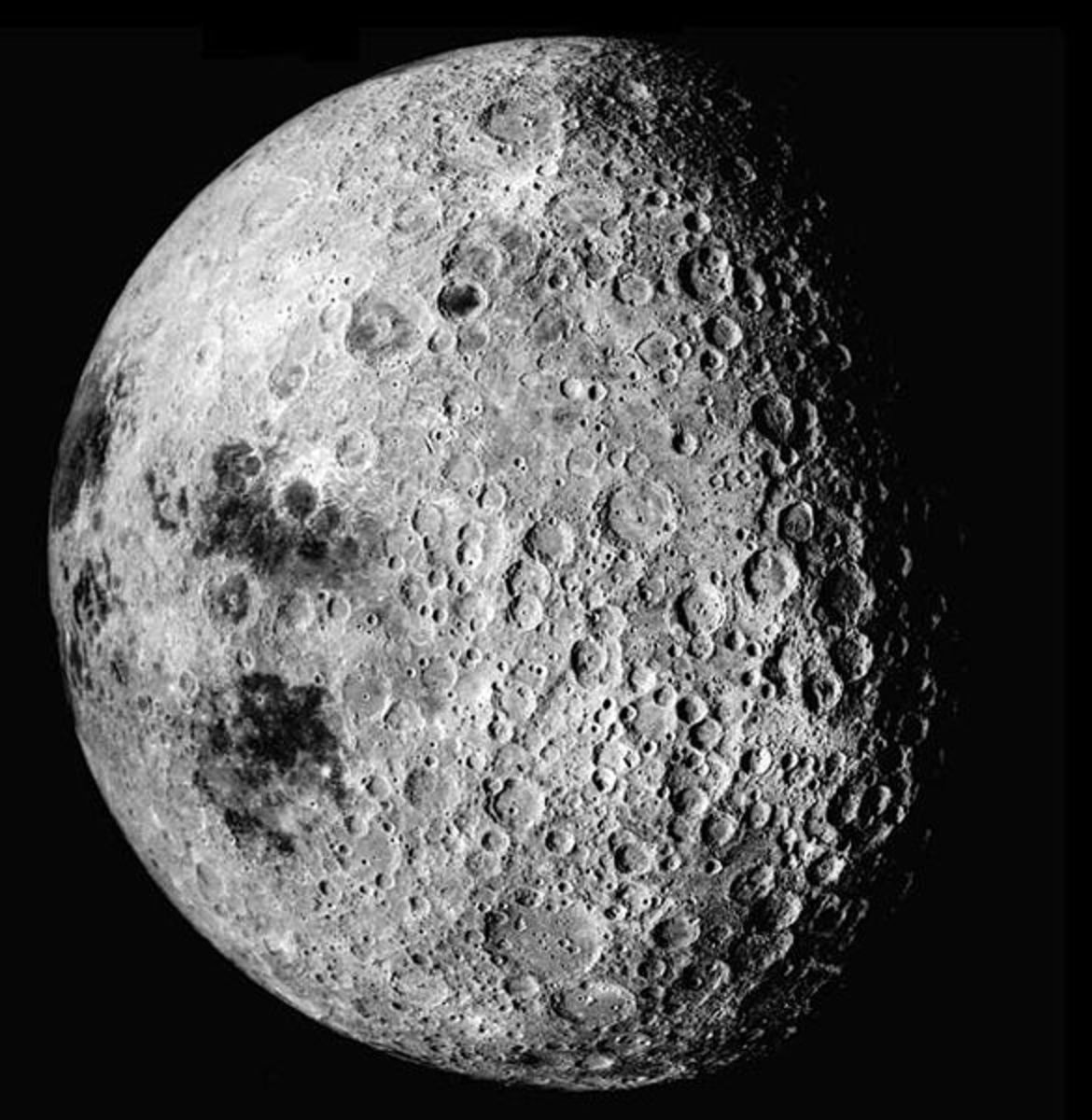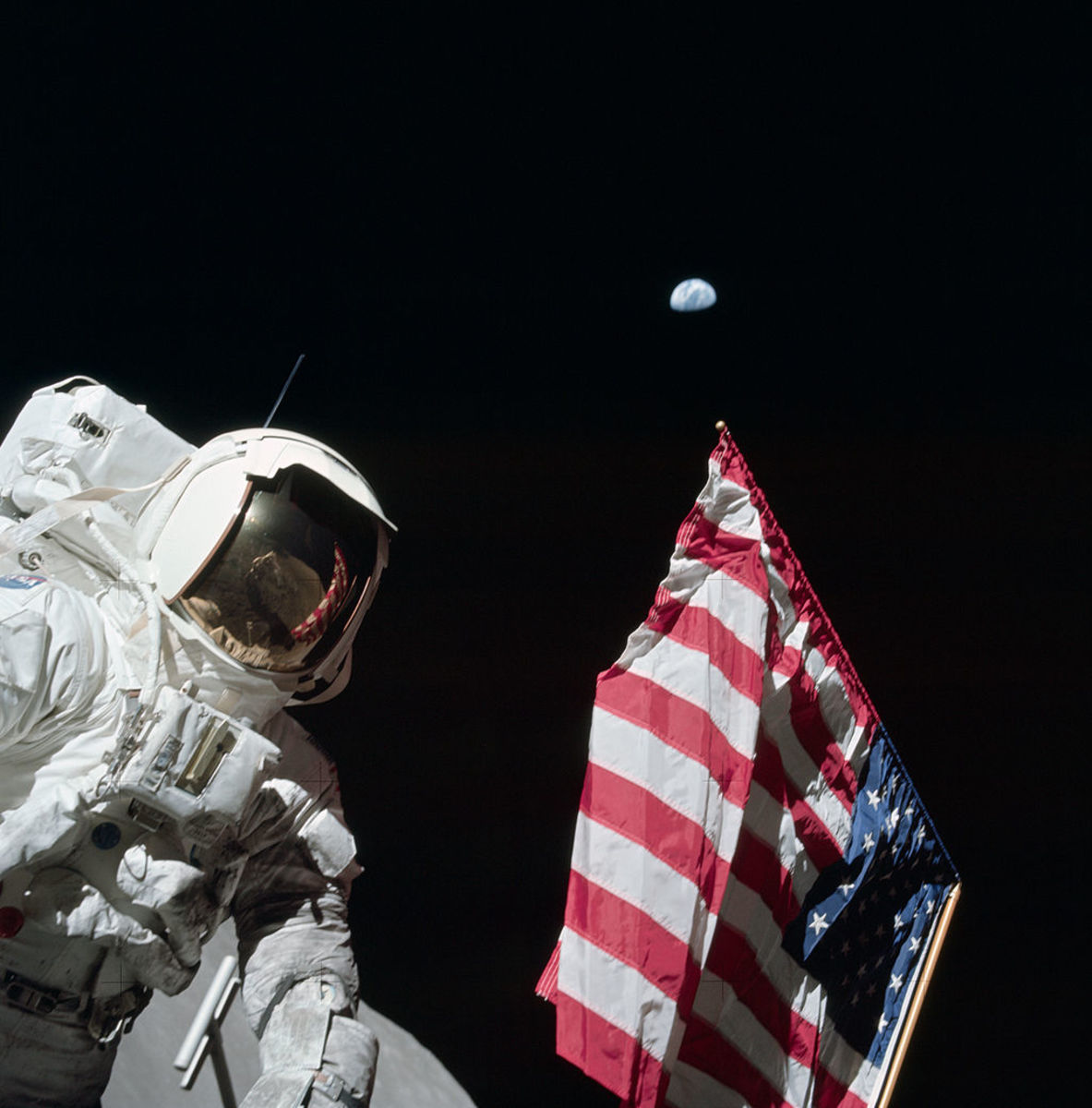What is a Supermoon?
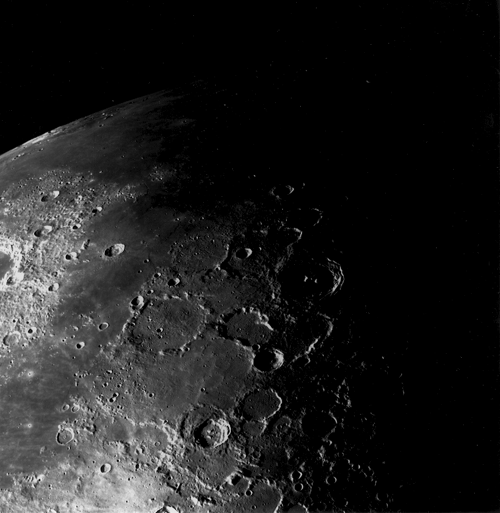
What Does Supermoon Mean?
A 'supermoon' is when a full moon coincides with the part of the moon's orbit that's closest to earth. The moon's orbit is oval-shaped, varying by about 31,000 kms as it goes around. When the full moon is close, it appears much larger than normal in the sky, giving rise to the term supermoon, as coined by the astrologer Richard Nolle in 1979.
The astronomical community don't use the term supermoon. The technical term for a supermoon is a syzygy-perigee moon, syzygy being the technical term for a full moon, and perigee being the technical term for the closest point of the moon's orbit.
Supermoons are appear up to 14% larger and 30% brighter from Earth, so you'll definitely know you're looking at one!
Have You Ever Seen a Supermoon?
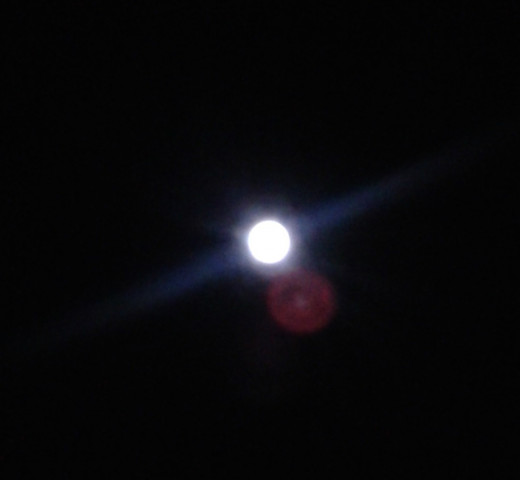
How Often do Supermoons Occur?
About one in every 14 full moons also happens to be a supermoon. This usually works out to about one every couple of years (allowing for new moons), so if you missed the latest one, don't worry! There'll be another chance to see one.
The next supermoon, after August 10, 2014, will be September 9th 2014. It's unusually soon, but that just means you won't have to wait too long to see it again!
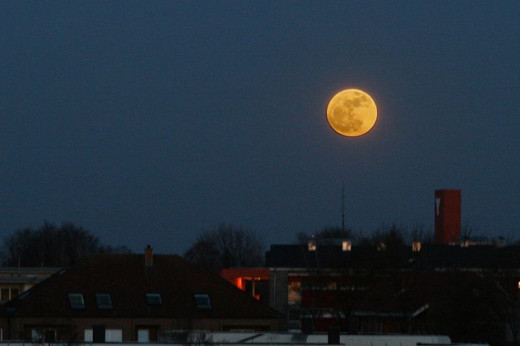
Tips for Viewing a Supermoon
Part of the beauty of a supermoon is that you don't need any fancy equipment to get the most out of it. Here are some tips for getting the best view:
- The supermoon looks biggest when it's near the horizon and is easiest to see then. Just after sunset or just before sunrise are the best times to view it to get the full effect.
- Fancy equipment is unnecessary, but a cheap children's handheld telescope will help you see it closer, and now is a great time to get a really good look at the surface of the moon.
- If you can, get out of the city or the suburbs and take yourself out to the country to get a better look. The light pollution in the city stops you from seeing the stars around the moon, and it's much more spectacular when they're there as well.
- The light of a supermoon should be more than enough to see by - and the next one is scheduled for the summer! It'd be a great time to head out for an evening, toast some marshmallows, and enjoy the phenomenon until it reaches its zenith.

Superstitions About Supermoons
In addition to the usual superstitions about full moons, some people believe that supermoons sometimes cause natural disasters, specifically, earthquakes that result in tsunamis, and volcanic eruptions.
This has never been proven, but we do know that supermoons have a measurable effect on the tide, and they have been blamed for the grounding of several ships in the UK because of this. Though it can't be established whether the tidal effect is really the cause - since the difference is only a matter of a few inches - it's definitely an interesting thought!
An Article on the Supermoon from Richard Nolle
- SuperMoon: What It Is, What It Means
The facts about Supermoon, straight from the source - the astrologer who coined the term back in 1979.
Supermoon Quiz - Test Your Knowledge
view quiz statistics© 2013 Cecil Wilde

